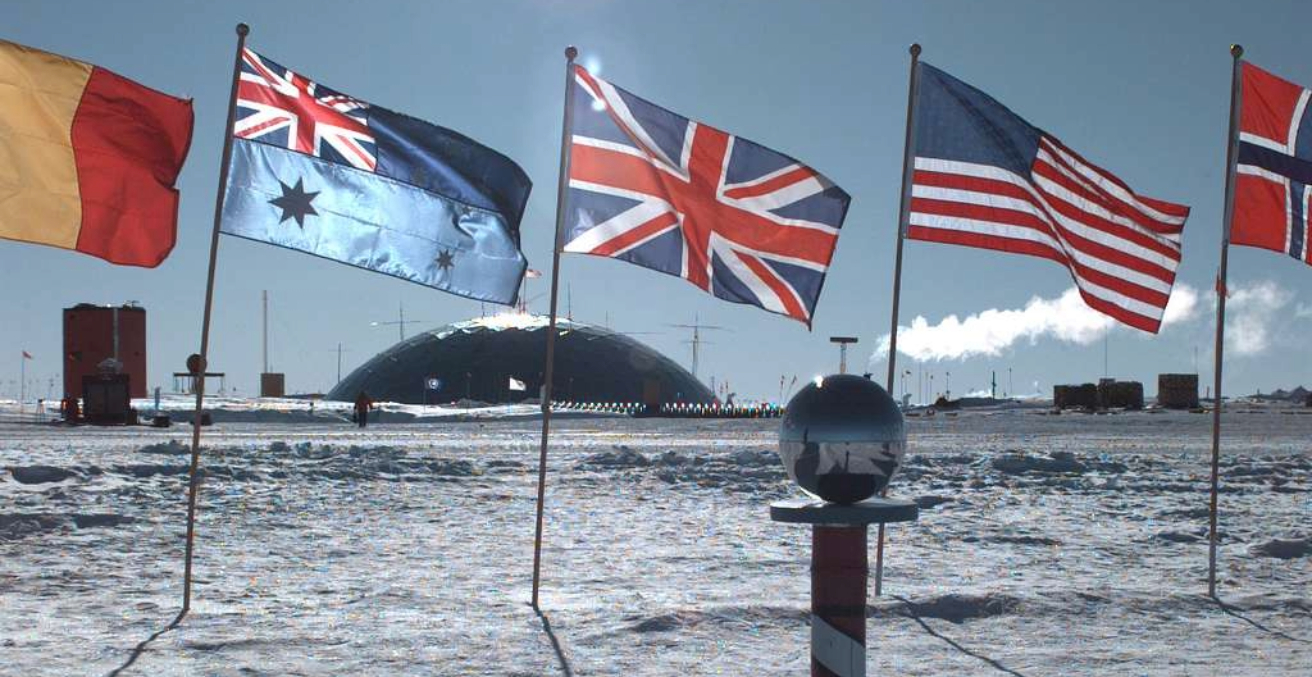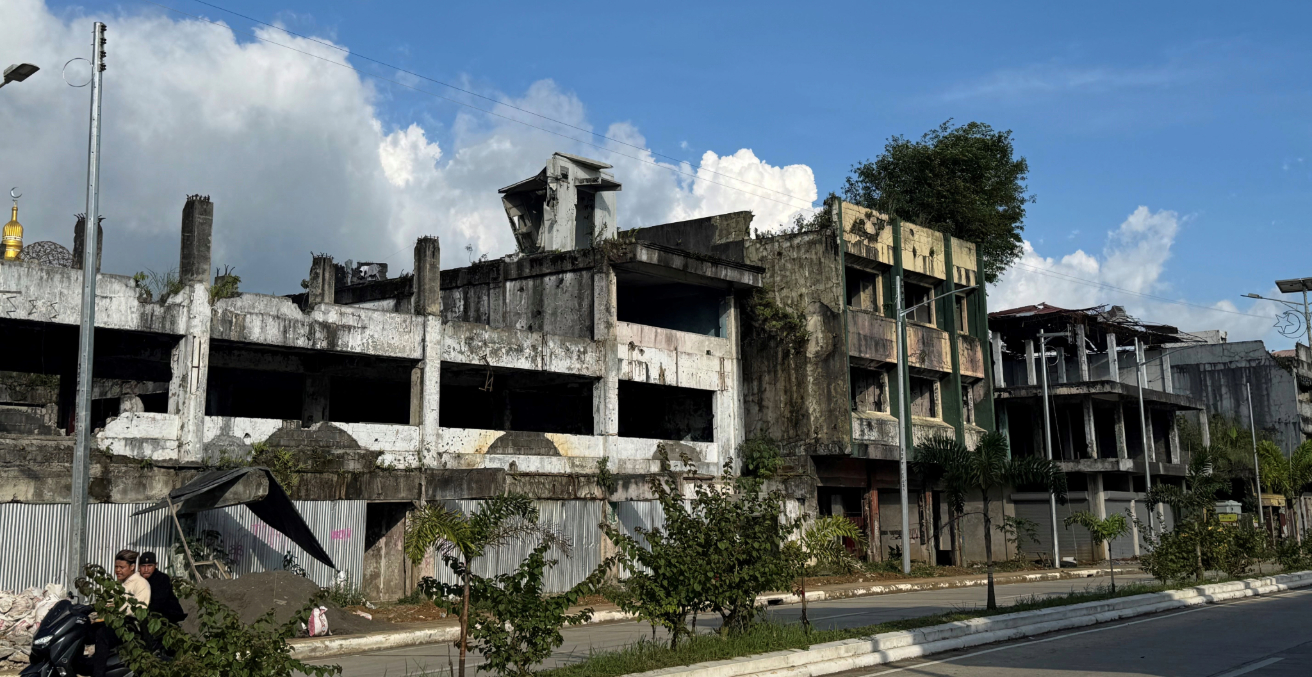Ecuador has seen a sizable increase in “narcopolitics” in recent years. One of its most challenging issues is dealing with guns from Peru, which have increasingly infiltrated the Ecuadorian borderlands.
In recent years, Ecuador has faced a persistent security challenge, currently ranking as one of the four most violent and unsafe countries in Latin America, according to the 2023 Global Organized Crime Index. This situation raises serious concerns for the well-being of its citizens, with high levels of crime and violence reaching approximately 45 homicides per 100,000 inhabitants in 2023. To address this complex problem, it is essential to understand the three main factors contributing to the rise in crime and violence in Ecuador.
Firstly, this growth is attributed to the mismanagement of the Ecuadorian state, evidenced by limited social investment (access to education), high unemployment rates, and a sustained economic crisis, as well as the lack of comprehensive security policies and the overhauling of the prison system. Institutional weakness over the last decade has allowed local criminal groups to find a favourable environment to expand and strengthen their criminal operations. Transnational cartels and mafias of Mexican, Colombian, Brazilian, Albanian, and Italian origin operate in the main cities of the country, participating in crimes related to drug trafficking, arms trafficking, and money laundering (representing 3 percent of Ecuadorian GDP). These criminal elements have taken advantage of Ecuador’s strategic geographic location, particularly its port facilities, and the dollarisation system which has given their proceeds more international depth (since 1999, Ecuador eliminated its national currency to replace it with US dollars).
Secondly, these criminal groups have significantly infiltrated state institutions through their power and economic influence. This has entrenched corruption, paving the way for what is known as “narcopolitics.” This term reflects the close connection between drug trafficking and politics, and the corresponding environment it has created, where illicit interests permeate government structures.
This infiltration has resulted in the creation of a “narco state,” in which criminal groups exert significant control. For instance, in some cases, gang leaders have gained control of the main penitentiary centres, using bribes and extorsion to run the prisons for their own ends with the complicity of security guards and authorities. This has resulted in a local prison crises with the period between 2021 and 2022 seeing at least 413 inmate deaths, even in the presence of high-ranking public officials who have become directly linked to these criminal organisations.
Thirdly, the lack of job opportunities and effective youth programs are two of Ecuador’s main problems today. According to data from the National Institute of Statistics and Census, the last quarter of 2023 ended with a national unemployment rate of 3.6 percent, an underemployment rate of 20 percent, and one of the highest proportions of informal and underpaid labour in Latin America (70 percent). Additionally, access to quality education and healthcare is limited for many young people, making it difficult for them to develop their skills and have a promising future.
New levels of violence
The most recent wave of violence in Ecuador began on 7 January when the Prosecutor’s Office confirmed the escape of one of the most dangerous criminals in the country: Adolfo Macías, alias “Fito.” Macías was the leader of “Los Choneros,” one of the most feared and dangerous gangs in the country, linked to drug trafficking in Mexico and the United States. As a consequence of this, President Daniel Noboa decreed a state of emergency throughout the country and immediately intervened in the prisons and elsewhere. This generated a response from the various criminal gangs, who took advantage of their indirect control of the prisons to extort the authorities by demanding amnesty and for the release of all the country’s inmates. These criminal actions went beyond prisons, extending to the takeover of a television channel during a live broadcast, and an attack on one of the country’s main universities.
To date, there are already more than 1,000 people detained as a result of the State’s response in recent weeks, leaving open the question of how one of the countries that was once among the safest in Latin America could become a refuge for powerful criminal gangs.
Part of the answer is found in Peru, where the infiltration of criminal elements into the highest levels of political power and law enforcement has begun to expand to the Peruvian-Ecuadorian border area.
An intelligence report from the Peruvian National Police indicates that in 2023, 391,239 rounds of ammunition were seized in the border region of Tumbes, representing a 13,000 percent increase compared to 2022. This accounts for 92 percent of the ammunition seized nationally in Peru. Furthermore, this region ranks second in firearms confiscation nationwide, mainly revolvers, shotguns, and pistols which, according to the Peruvian police, transit to Ecuador through 48 unauthorized border crossings. According to reports from independent Peruvian media, the majority of these weapons previously belonged to the Peruvian Army and the Peruvian National Police.
The role played by Peruvian weaponry in the current Ecuadorian crisis finds its origins in the final years of the Peruvian dictatorship of Alberto Fujimori (1990-2001), during which, in his last years in office, he directly sold weapons to the Colombian guerrilla group, the Revolutionary Armed Forces of Colombia (FARC), with the aim of gaining greater control over cocaine trafficking routes in South America. However, the situation today appears to be different, and is explained by corruption within the Peruvian Armed Forces and Police. On 5 February, the National Director of Criminal Investigation of Peru reported that the weapon with which Fernando Villavicencio, an Ecuadorean presidential candidate, was murdered, was of Peruvian origin. The weapon used was an AR-15 rifle which, on the Peruvian black market, can be purchased for US$1,500, while in Ecuador its value amounts to US$10,000.
One of Ecuador’s most powerful criminal gangs, Los Tiguerones (“The Big Tigers”), has been expanding its activities to the Peruvian capital, Lima, since 2022. They are competing for control of the territory for drug trafficking with local Peruvian gangs and the transnational Venezuelan mafia, known as the “Tren de Aragua.” This transnational expansion of various criminal groups like Los Tiguerones and Los Lobos (“The Wolves”) has further facilitated the trafficking of weapons. According to declassified reports from the Ecuadorian government, deficiencies in border controls and illegal or irregular crossings on Ecuador’s borders have allowed the passage of arms and ammunition from Peru to expand.
These trends demonstrate that the increase in crime in Latin American countries is not a phenomenon that can be explained solely by endogenous causes. The causal links are deeply embedded in regional criminal networks with significant capacity to evade the justice systems of nation-states.
Anthony Medina Rivas Plata (Peru) is a Ph.D. candidate in International Relations at Universidad Nacional de La Plata.
Santiago Ullauri Betancourt (Ecuador) is a Ph.D. candidate in Political Science at Universidad Austral.
This article is published under a Creative Commons Licence and may be republished with attribution.




